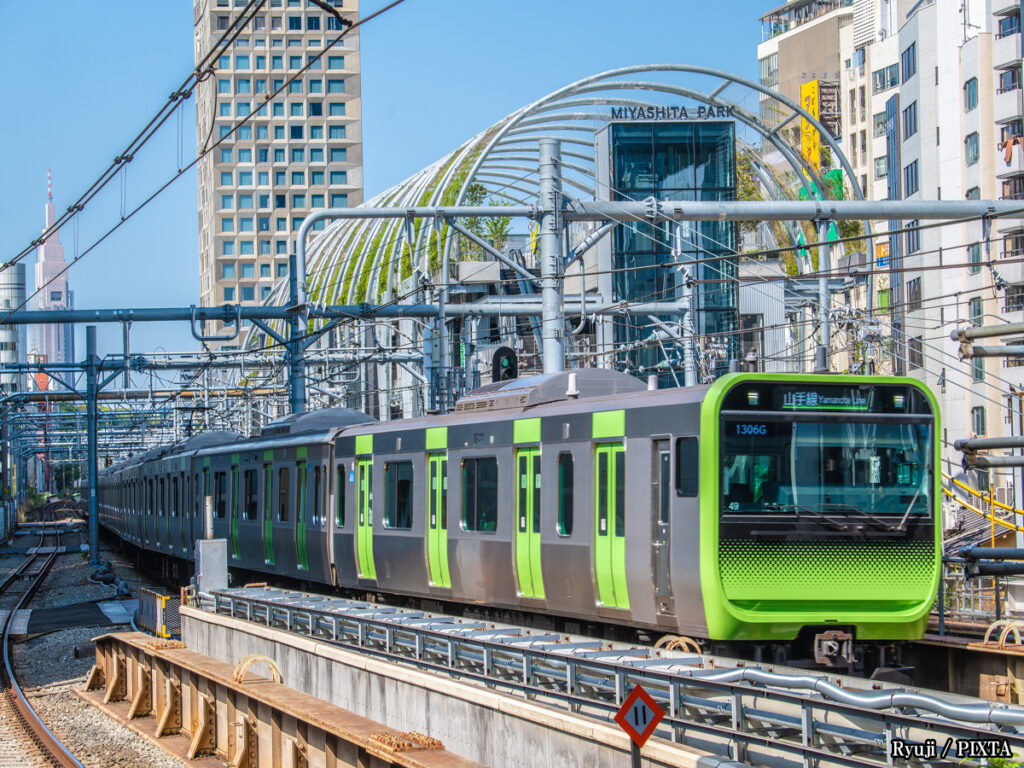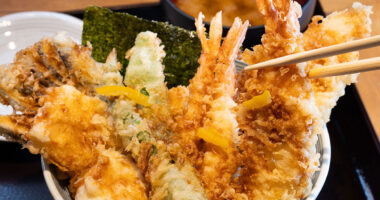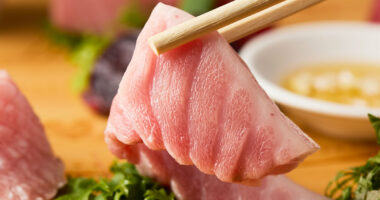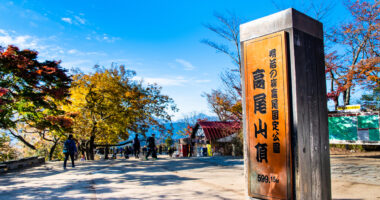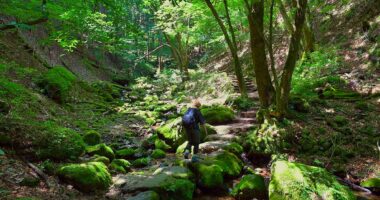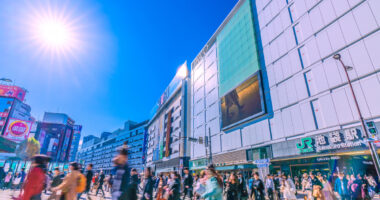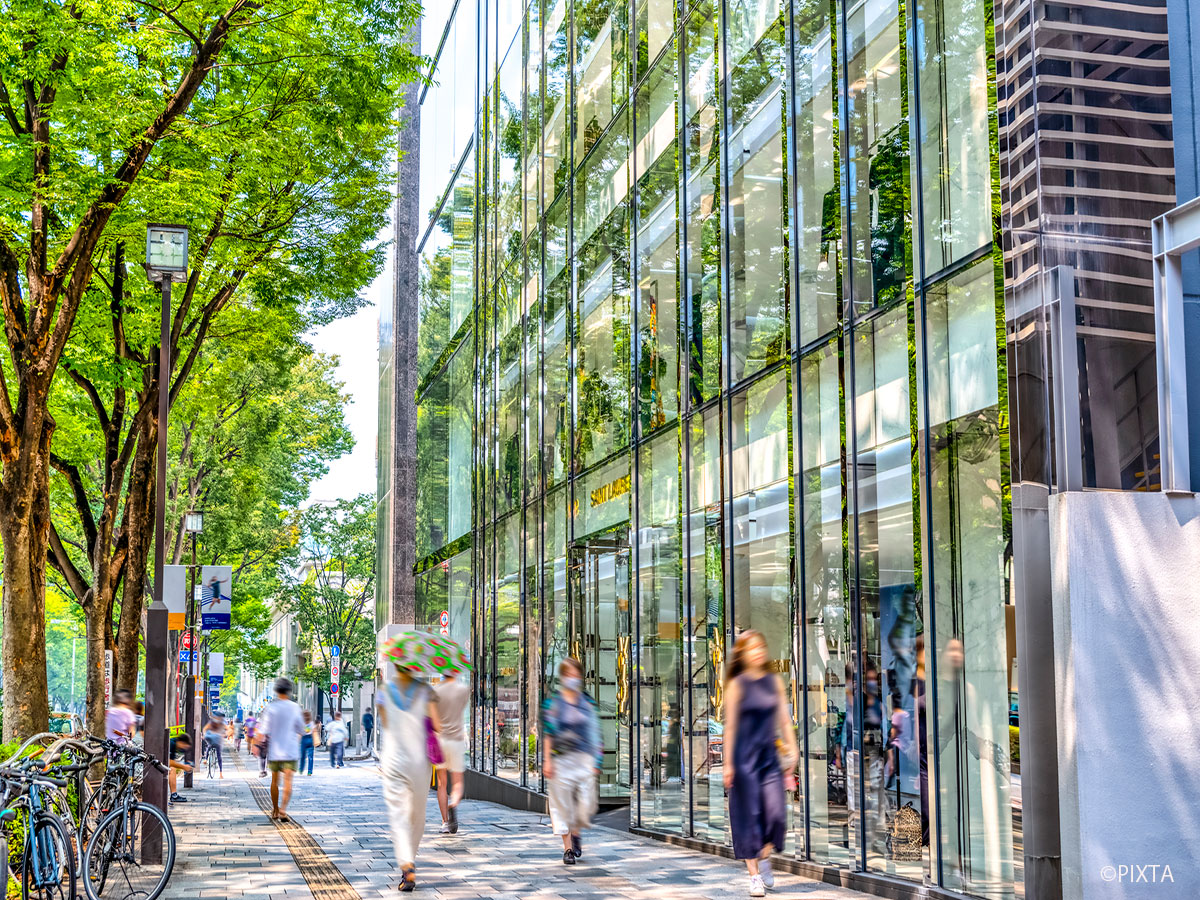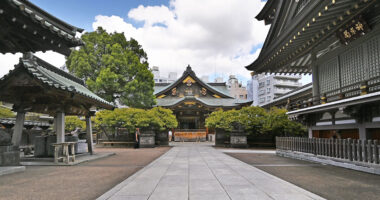Tokyo’s Yamanote Line is more than just a transportation route—it’s a gateway to the city’s diverse neighborhoods. While tourists often flock to famous stops like Shinjuku, Shibuya, and Ueno, many hidden gems remain unexplored. These lesser-known spots offer a glimpse into Tokyo’s rich culture, history, and local charm.
This guide introduces some of the best hidden locations along the Yamanote Line, perfect for travelers looking to go beyond the usual attractions.
Yanaka Ginza (from Nippori Station): Tokyo’s nostalgic neighborhood
For a taste of old Tokyo, head to Yanaka Ginza, a charming shopping street near Nippori Station. This neighborhood, one of the few areas that survived World War II, retains a nostalgic atmosphere, making it an excellent place for a leisurely stroll. The narrow alleys, small local shops, and traditional storefronts create a unique experience reminiscent of Tokyo’s past.
What to do in Yanaka Ginza
- A must-visit for cat lovers, Yanaka Ginza—known as the “town of cats”—features the wooden-carved shichifuku neko (literally “lucky seven cats”), charming cat-themed cafes, and sweet shops with adorable feline motifs!
- Enjoy strolling and snacking in Yanaka Ginza, where you’ll find a delicious variety of korokke (Japanese croquettes), menchikatsu (deep-fried ground meat patties), doughnuts, and ice cream!
- Visit Nezu Shrine, a historic Shinto shrine featuring a beautiful torii gate pathway and tranquil gardens.

Photo for illustrative purposes
Rikugien Garden (from Komagome Station): a tranquil escape
For a serene retreat, visit Rikugien Garden, one of Tokyo’s most stunning Edo-period gardens. Located near Komagome Station, this traditional landscape garden offers a peaceful escape from the city’s hustle and bustle.
Why visit Rikugien Garden?
- Seasonal beauty: Enjoy breathtaking autumn foliage with fiery red maples or the delicate weeping cherry blossoms in spring.
- Traditional tea house: Sip matcha and savor traditional sweets at Fukiage Chaya while taking in the tranquil scenery.
- Scenic walking paths: Wander through lush greenery, picturesque bridges, and a central pond designed to reflect classic Japanese aesthetics.
Getting there:
- A 7-minute walk from Komagome Station.
- Entrance fee: Adults: 300 JPY (tax included); seniors above 65, E.S. students and younger, Jr. H.S. students and younger living in Tokyo: 150 JPY (tax included). Fees subject to change.
- Best times to visit: November–December (fall foliage) and March–April (cherry blossoms).
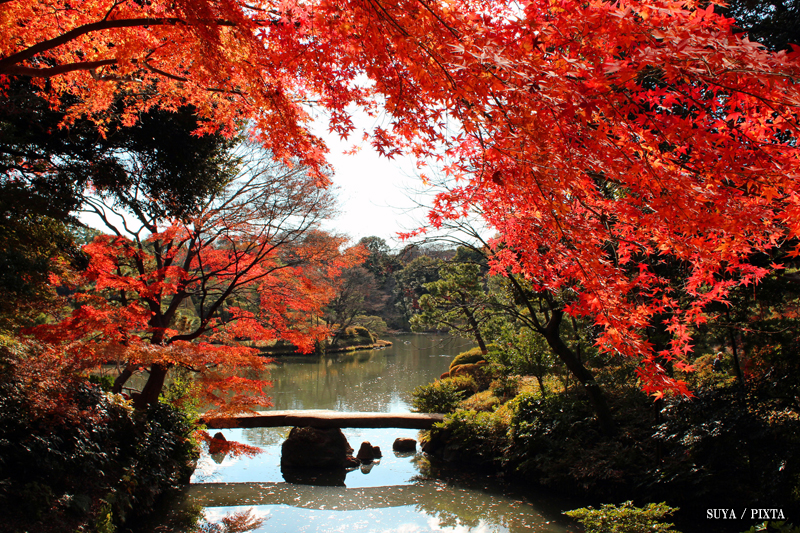
Photo for illustrative purposes
Sugamo – Tokyo’s retro shopping neighborhood
Sugamo is often nicknamed ‘Grandma’s Harajuku’—a playful nod to Harajuku, Tokyo’s famous youth fashion district. In contrast, Sugamo offers a nostalgic glimpse of old Tokyo, with traditional shops and a cozy, retro atmosphere. Its Jizō-dōri Shopping Street and Togenuki Jizōson Kōganji Temple make it a peaceful escape from the city’s hustle and bustle.
Highlights of Sugamo
- Togenuki Jizōson Kōganji Temple: Visit the Togenuki Jizō statue, which is believed to have healing properties. Many visitors gently pour water over the statue while praying for good health.
- Red underwear for good luck: Shops along Jizo-dori sell bright red undergarments, a quirky tradition said to bring longevity and happiness.
- Local sweets: Don’t miss out on shio daifuku, a lightly salted mochi filled with sweet red bean paste.
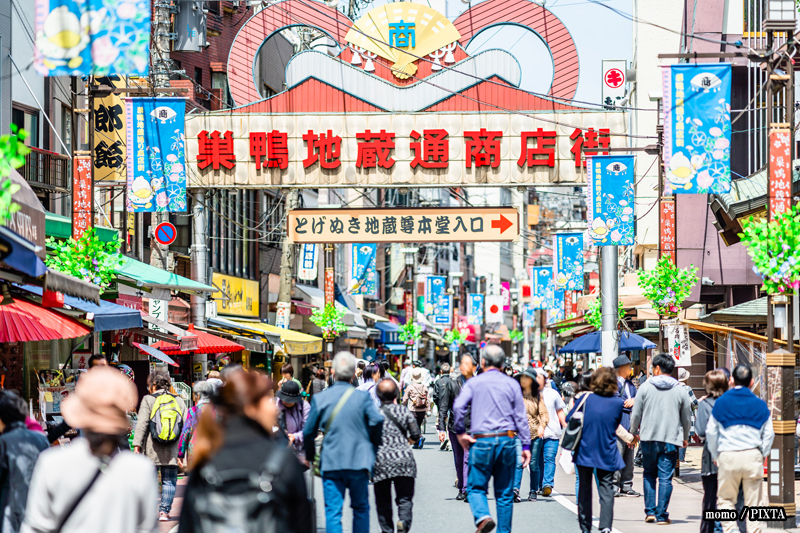
Photo for illustrative purposes
Mejiro – a quiet cultural spot
Tucked between the bustling districts of Ikebukuro and Takadanobaba, Mejiro is a hidden oasis of culture and sophistication. This quiet residential neighborhood is perfect for travelers who appreciate literature, history, and a relaxed atmosphere.
Things to explore in Mejiro
- Eisei Bunko Museum: This hidden gem of a museum houses a collection of samurai artifacts, historical documents, and calligraphy from the Hosokawa samurai family.
- Chinzan-sō Garden: Located just outside of the Mejiro area, this is a picturesque Japanese garden featuring waterfalls, a pagoda, and a tea house.
- Independent cafés and bookstores: Mejiro’s cozy cafés and small bookstores make it an ideal spot for book lovers and those seeking a peaceful retreat.
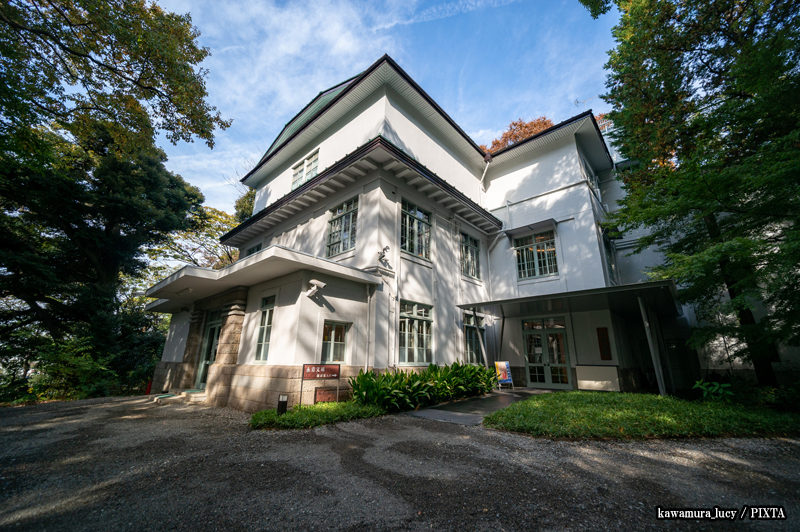
Photo for illustrative purposes
Osaki and Gotanda: hidden food and izakaya gastropubs
Osaki (pronounced ōsaki) and Gotanda are often overlooked, but they boast some of Tokyo’s best-kept culinary secrets. Whether you’re looking for authentic izakaya experiences or unique specialty dishes, this area is a paradise for food lovers.
What to do in Osaki and Gotanda
- Gādo-shita (under the tracks) izakaya: Enjoy Tokyo’s unique under-the-tracks drinking culture at the small standing bars serving sake, beer, and grilled skewers.
- Shinagawa Shrine: A must-visit for history lovers, this quiet shrine features a miniature Mount Fuji, which you can climb for good luck
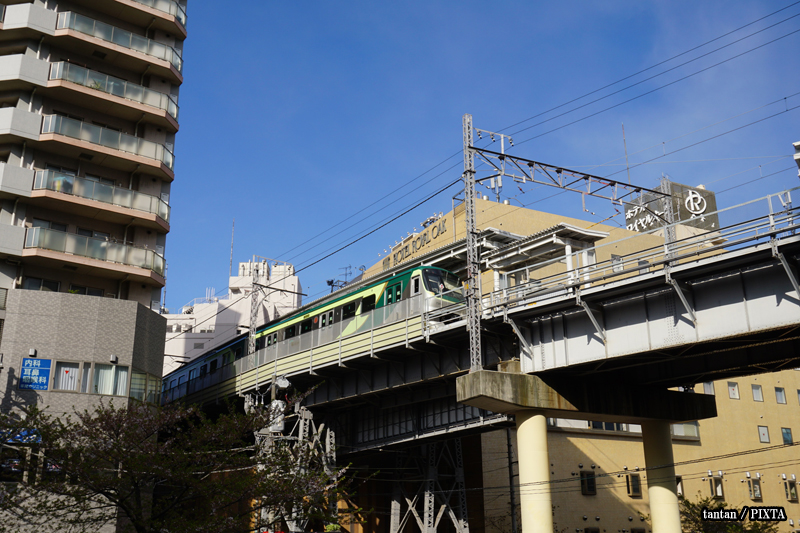
Photo for illustrative purposes
Tokyo’s Yamanote Line isn’t just about its famous stops—it’s also a gateway to hidden gems waiting to be explored. Whether you’re wandering through the nostalgic streets of Yanaka Ginza, admiring seasonal beauty at Rikugien Garden, or indulging in traditional flavors in Sugamo and Gotanda, there’s always something new to discover.
Thanks to the convenience of the Yamanote Line, these off-the-beaten-path locations are easy to access. For the best experience, consider visiting weekday mornings or early evenings to avoid crowds. Step off at an unfamiliar station and uncover a side of Tokyo that most tourists miss—you won’t regret it!
